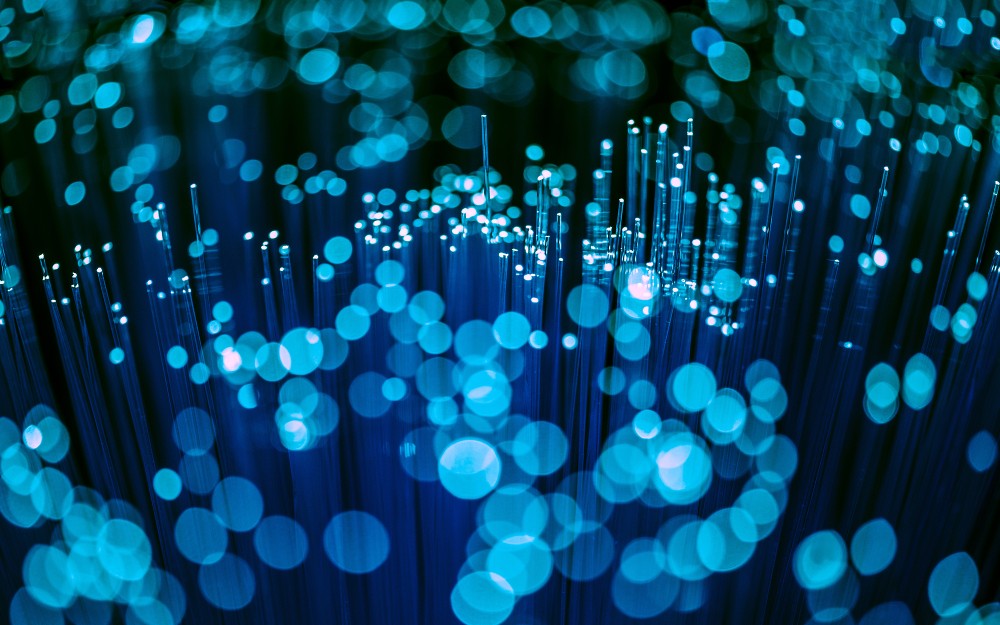
We cannot deny the fact that the Internet is now a big part of our everyday lives. We use it to connect to our loved ones from afar, send out a work e-mail, get on social media, watch movies, shop online, save important documents on the cloud, attend business meetings or classes, do some research, and the list goes on.
It has transformed and revolutionized communications. In almost everything we do, we use the Internet. Information technologies have elaborated fundamental change throughout our society which includes business, government, healthcare, and education.
We currently use WiFi technology which is independent of radio frequencies and routers.
Imagine a world where every light connects you to the Internet. This is what LiFi technology is.
What Is LiFi?
LiFi is short for Light Fidelity. This new technology is a cousin of the popular WiFi that uses a wireless system. The difference is, LiFi transmits an internet signal and data through a light source. WiFi, on the other hand, utilizes radio signals.
It is bidirectional and features extraordinarily advanced benefits. In comparison to WiFi, LiFi is cheaper, faster, and safer. It can multiply the bandwidth and speed 100 times faster than our current WiFi technology. While it offers a substantially similar user experience, LiFi uses a light spectrum that we know is faster than radio frequency.
LiFi can work indoors and outdoors. There is no need for antennas, radio circuits, receivers, or routers to make it work.
It also enables secure wireless communications because light cannot travel through walls. Even in the absence of encryption or security features, LiFi is easily-contained and localized, unlike radio frequency.
This technology falls under the huge umbrella of Visible Light Communication (VLC).
“The Father of LiFi”
LiFi was pioneered by German Physicist/Professor Harald Haas from the University of Edinburgh who was dubbed the ‘Father of LiFi’. VLC origins can be traced back to Graham Bell’s Photophone in 1880. Haas coined the term LiFi and described a future when billions of light bulbs can become wireless hotspots for everyone.
He believes that in the future, we can have a safer, faster, and more secure connection that relies only on light bulbs deployed around the world. No more radio frequency-reliant connection and the cost is also lower.
How Exactly Does LiFi Work?
While LiFi is still under research and development, it works just like the currently prevailing WiFi technology minus the use of radio waves to transmit information. It is new and promising with a goal to provide overhead illumination as well as internet connectivity.
LiFi utilizes visible light for the transmission of data. Visible Light Communication (VLC) system help with the transmission.
There are two qualifying components of VLC and that includes at least one device with a photodiode for receiving light signals and a light source. The light source must have a signal processing unit for signal transmission.
It can be a fluorescent light or a LED light. LED, however, is the more optimum and efficient VLC light source.
For a robust system, high rates of light output are required and LED can provide them. It acts as a semiconductor as well that can amplify intensity. It can emit light in a very narrow band of wavelengths.
The device will have a receiver that picks up light signals and a transmitter will send these signals back to the light source or lamp using infrared light.
It can even work with car lights, televisions, and streetlights.
During the day when the natural light comes in, we usually turn off our lights, but LiFi light bulbs can be reduced to appear off to the human eye yet is still on and working.
The Benefits of the New LiFi Technology
Poised to compete with WiFi, LiFi has a lot of advantages too.
Efficiency. Since LiFi works on a visible light source, data transmission is highly accessible wherever you go. Homes and offices are already illuminated with LED bulbs which means that LiFi is efficient not just in cost, but also in terms of energy. It is also simple and inexpensive to deploy.
Security. Unlike WiFi which uses radio frequency, light cannot travel through the walls which means that data transmission cannot be easily breached. It cannot pass through opaque structures and is only available to users within a room or a building.
Connections that are dependent on radio waves are highly susceptible to snooping, electromagnetic interference, or power assaults.
High Speed. One of the most essential purposes of LiFi innovation is its ability to transmit information at high speeds. The light range has a transmission capacity multiple times bigger than the radio range.
Radio Frequency Spectrum Saving. The LiFi technology utilizes an optical spectrum thereby avoiding the already oversaturated RF spectrum. The traffic for wireless connection is continuously increasing and since WiFi is reliant on radiofrequency for data transmission, we can only expect interference and the speed will most likely suffer. LiFi can maintain the connection speed despite high-density transmission.
